Home>Garden Essentials>Garden Plants>Which Thyme Is Best For Cooking
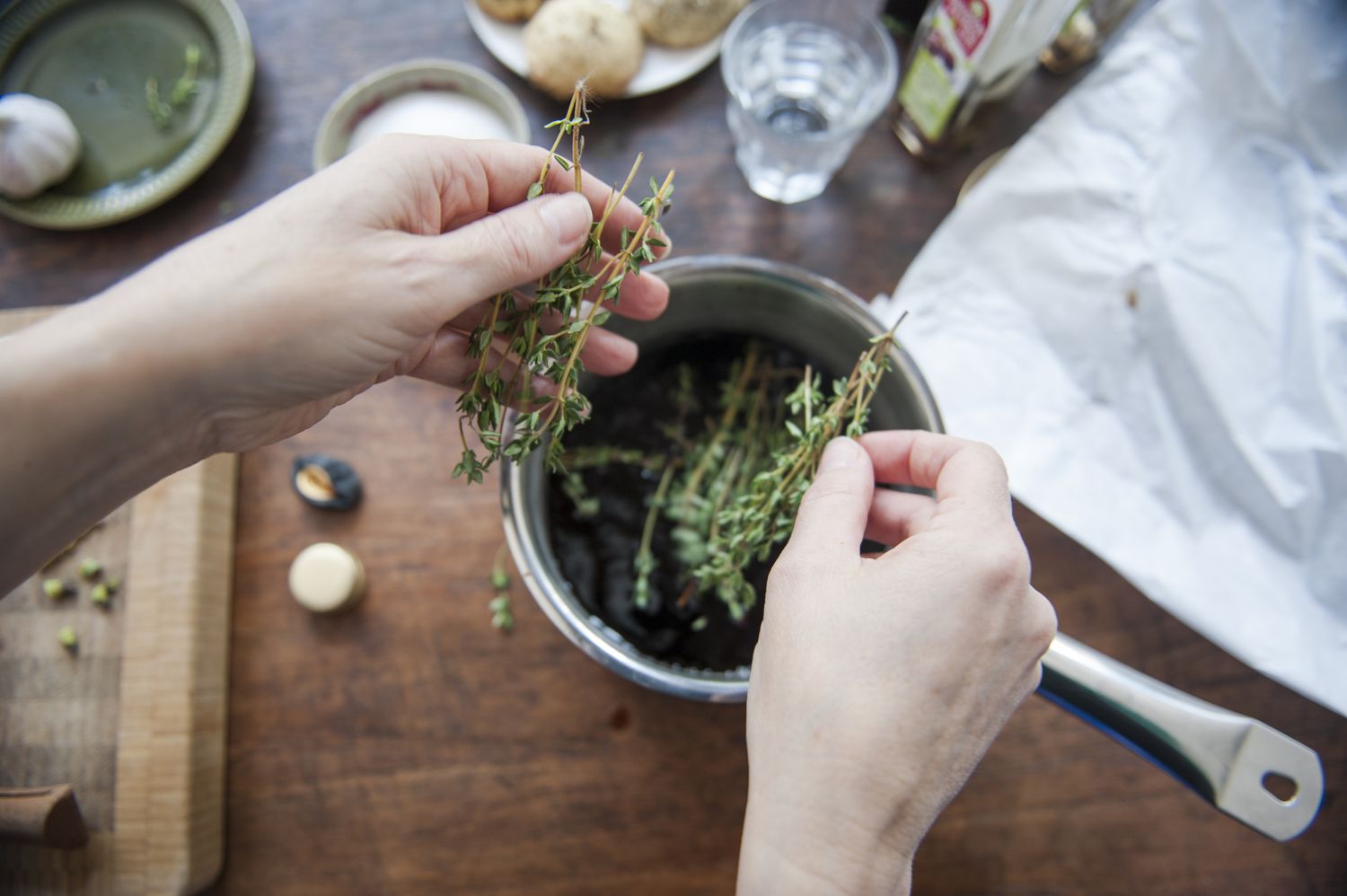

Garden Plants
Which Thyme Is Best For Cooking
Modified: December 7, 2023
Discover the best thyme plants for cooking and enhance the flavor of your dishes. Select from a variety of thyme plants that suit your culinary preferences.
(Many of the links in this article redirect to a specific reviewed product. Your purchase of these products through affiliate links helps to generate commission for Storables.com, at no extra cost. Learn more)
Introduction
Welcome to the world of thyme, a versatile and aromatic herb that adds depth and flavor to a wide array of dishes. Whether you’re an experienced chef or a cooking enthusiast, understanding the different varieties of thyme and their culinary uses is essential to elevate your dishes to the next level.
Thyme is a popular herb in Mediterranean cuisine and is known for its savory and earthy taste. It belongs to the mint family and has been used for centuries both as a culinary herb and for its medicinal properties. With over 350 different species of thyme available, each with their distinct characteristics, it’s important to choose the right thyme variety for your cooking needs.
In this article, we will explore the different thyme varieties, their flavor profiles, and the best dishes to use them in. So, let’s dive in and discover which thyme is best for cooking!
Key Takeaways:
- Elevate your culinary creations by choosing the right thyme variety to complement your dishes. From robust Common Thyme to citrusy Lemon Thyme, each brings a unique flavor profile to your recipes.
- Experiment with different thyme varieties to take your dishes from ordinary to extraordinary. Whether roasting meats, creating vibrant salads, or infusing sauces, there’s a thyme variety to elevate every dish.
Read more: Which Is The Best Electric Pressure Cooker?
Different Varieties of Thyme
Thyme comes in various species and cultivars, each with its own unique characteristics. Here are some of the most popular thyme varieties used in cooking:
- Common Thyme (Thymus vulgaris): This is the most widely cultivated variety of thyme and is known for its strong, herbal flavor. Common Thyme has small, gray-green leaves and is often used in soups, stews, roasted meats, and marinades.
- Lemon Thyme (Thymus x citriodorus): As the name suggests, this variety of thyme has a delightful citrusy aroma and flavor. Lemon Thyme pairs well with seafood, poultry, and vegetable dishes. It can also be used to infuse oils, sauces, or dressings to add a refreshing twist.
- Orange Thyme (Thymus fragrantissimus): Known for its strong orange aroma, this variety of thyme adds a tangy and zesty flavor to dishes. Orange Thyme is often used in desserts, salads, and marinades for poultry or fish.
- English Thyme (Thymus sp.): This classic culinary herb has a mild and slightly floral flavor. English Thyme is commonly used in a wide range of dishes, including roasted vegetables, grilled meats, and sauces.
- Creeping Thyme (Thymus serpyllum): As the name suggests, this variety of thyme has a creeping, low-growing habit and is often used as ground cover. Creeping Thyme has a delicate flavor and is great for garnishing salads, roasted vegetables, and even desserts.
- Caraway Thyme (Thymus herba-barona): This unique variety of thyme has a distinct caraway-like flavor. It is an excellent addition to bread, cheese, or potato dishes, giving them a unique twist.
- French Thyme (Thymus vulgaris ‘French’): French Thyme is similar to Common Thyme but has a slightly more pronounced floral aroma. It is commonly used in Mediterranean cuisine, including tomato-based sauces, grilled meats, and vegetable dishes.
These are just a few examples of the wide variety of thyme available. Each variety brings its own nuances to a dish, allowing you to experiment and create unique flavor profiles in your culinary creations.
Flavor Profiles of Thyme Varieties
Understanding the flavor profiles of different thyme varieties is crucial for selecting the right herb to enhance your dishes. Here’s a breakdown of the flavor profiles of popular thyme varieties:
- Common Thyme: Common Thyme has a robust and earthy flavor with hints of mint and lemon. It adds a savory depth to dishes and pairs well with a wide range of ingredients, making it a versatile choice for various recipes.
- Lemon Thyme: Lemon Thyme offers a bright and citrusy flavor with a subtle herbal undertone. It provides a refreshing and tangy note to dishes, particularly seafood, poultry, and summer salads.
- Orange Thyme: With its strong orange aroma and flavor, Orange Thyme adds a zesty and slightly sweet element to dishes. It works beautifully in both sweet and savory recipes, such as marinades, dressings, and even baked goods.
- English Thyme: Known for its mild and slightly floral taste, English Thyme is a versatile herb that complements a wide range of dishes. It provides a subtle herbal note without overpowering other flavors and is commonly used in roasted meats, vegetables, and sauces.
- Creeping Thyme: Creeping Thyme has a delicate and mild flavor with subtle hints of earthiness and lemon. Its low-growing habit makes it perfect for use as a garnish on salads, roasted vegetables, and desserts.
- Caraway Thyme: This variety is known for its distinct caraway-like flavor that adds a unique twist to dishes. It pairs well with bread, cheese, and potato-based recipes, creating a delightful and aromatic taste.
- French Thyme: Similar to Common Thyme, French Thyme has a slightly more pronounced floral aroma. It offers a classic savory flavor and works well in Mediterranean dishes like stews, grilled meats, and tomato-based sauces.
By understanding the flavor profiles of different thyme varieties, you can choose the right one to complement and elevate the flavors of your recipes, taking your culinary creations to new heights.
When cooking, it’s best to use common thyme (Thymus vulgaris) for its strong, earthy flavor. It’s a versatile herb that pairs well with a variety of dishes, from meats to vegetables.
Cooking Uses of Thyme Varieties
Thyme is a versatile herb that can be used in a wide range of dishes, adding depth and complexity to your culinary creations. Here are some cooking uses for different thyme varieties:
- Common Thyme: Common Thyme is a staple in the kitchen and can be used in various dishes. It is particularly well-suited for flavoring soups, stews, roasted meats, and marinades. Its robust flavor holds up well during long cooking processes.
- Lemon Thyme: The citrusy aroma of Lemon Thyme makes it a wonderful addition to seafood dishes, roasted chicken, and light summer salads. It can also be infused in oils or vinegars to add a refreshing zest to dressings or drizzles.
- Orange Thyme: With its tangy and zesty flavor, Orange Thyme is an excellent choice for desserts, such as citrus-based cakes, tarts, and sorbets. It can also be used to brighten up salads, marinades, and glazes for poultry or fish.
- English Thyme: English Thyme is a versatile herb that pairs well with a variety of dishes. It is commonly used in roasted vegetables, grilled meats, and tomato-based sauces. It can also be added to herb-infused butter or used to flavor stuffing for poultry.
- Creeping Thyme: Due to its delicate flavor, Creeping Thyme is often used as a garnish or in lighter dishes. Sprinkle it over salads, roasted vegetables, or even desserts for a subtle herby note and added visual appeal.
- Caraway Thyme: Caraway Thyme’s unique flavor profile makes it a great addition to bread recipes. Add it to doughs or sprinkle over loaves before baking for a delightful aromatic twist. It also pairs well with cheese and potato dishes.
- French Thyme: French Thyme is perfect for Mediterranean-inspired dishes. Use it in stews, grilled meats, vegetable medleys, and tomato-based sauces to add a savory and slightly floral flavor profile.
These are just a few suggestions for how to utilize different thyme varieties in your cooking. Feel free to get creative and experiment with different combinations to find your favorite flavor combinations!
Best Thyme Varieties for Specific Dishes
Choosing the right thyme variety can greatly enhance the flavors of specific dishes. Here are some of the best thyme varieties for different types of recipes:
- Roasted Meats: When it comes to roasting meats, Common Thyme is a great go-to choice. Its robust flavor holds up well during cooking and adds a savory depth to dishes like roasted chicken, beef, or lamb.
- Seafood: For seafood dishes, Lemon Thyme is an excellent option. Its citrusy notes add a refreshing twist to grilled fish, shrimp, or seafood pasta. Simply sprinkle some lemon thyme leaves over your seafood before cooking for a burst of flavor.
- Salads: When you want to add an herby touch to your salads, Creeping Thyme is the perfect choice. Its delicate flavor and small leaves make it an ideal garnish for green salads, grain salads, or even fruit salads.
- Sauces and Marinades: If you’re looking to infuse flavor into sauces or marinades, French Thyme is a great option. Its savory and floral undertones pair well with tomato-based sauces, grilled meats, and herb-infused dressings.
- Baking: When baking, consider using Orange Thyme to add a delightful citrusy flavor to your creations. It works well in citrus-based desserts, such as lemon tarts, orange cakes, or even in fruit preserves.
- Savory Breads and Butters: Caraway Thyme adds a unique twist to bread recipes and savory spreads. Scatter the leaves over bread doughs before baking or mix it into herb-infused butters to complement dishes like cheese plates or potato dishes.
- Grilled Vegetables: English Thyme is a versatile option for grilled vegetables. Its mild flavor adds a subtle herbiness to vegetables like zucchini, eggplant, or bell peppers. Toss the vegetables in olive oil, sprinkle with English Thyme, and grill to perfection.
These are just a few examples of the best thyme varieties for specific dishes. However, don’t be afraid to experiment and find your own favorite combinations based on personal preferences and taste preferences. The key is to explore and have fun with different thyme varieties to elevate your culinary creations.
Read more: Dutch Oven Vs French Oven: Which is Better?
Conclusion
Thyme is undoubtedly a powerhouse herb that can elevate the flavors of your dishes. By understanding the different varieties of thyme and their culinary uses, you can unlock a world of possibilities in your kitchen.
From the robust Common Thyme to the citrusy Lemon Thyme, each thyme variety brings its own unique flavor profile to the table. Whether you’re roasting meats, creating vibrant salads, or infusing sauces and marinades, there’s a thyme variety that will complement your dish perfectly.
Experimentation is key when it comes to working with thyme. Don’t be afraid to venture outside your comfort zone and try new combinations. The right thyme variety can take a dish from ordinary to extraordinary, adding depth, aroma, and complexity.
Remember to consider the flavor profiles of different thyme varieties when selecting the best herb for your recipes. Common Thyme’s robustness, Lemon Thyme’s bright citrus notes, and Creeping Thyme’s delicate touch are just a few examples of the diverse range of flavors at your disposal.
Whether you’re a seasoned chef or a culinary enthusiast, incorporating thyme varieties into your culinary repertoire will enhance your dishes and impress your guests. So, stock up on your favorite thyme varieties, and let your taste buds guide you as you explore the world of flavors that thyme has to offer.
Embrace the versatility of thyme and let it be your secret weapon in the kitchen. With its aromatic and savory qualities, thyme is a herb that will undoubtedly leave a lasting impression on your taste buds.
Now, armed with the knowledge of different thyme varieties, go forth and create delicious culinary masterpieces that will wow your family and friends. Happy cooking!
Frequently Asked Questions about Which Thyme Is Best For Cooking
Was this page helpful?
At Storables.com, we guarantee accurate and reliable information. Our content, validated by Expert Board Contributors, is crafted following stringent Editorial Policies. We're committed to providing you with well-researched, expert-backed insights for all your informational needs.
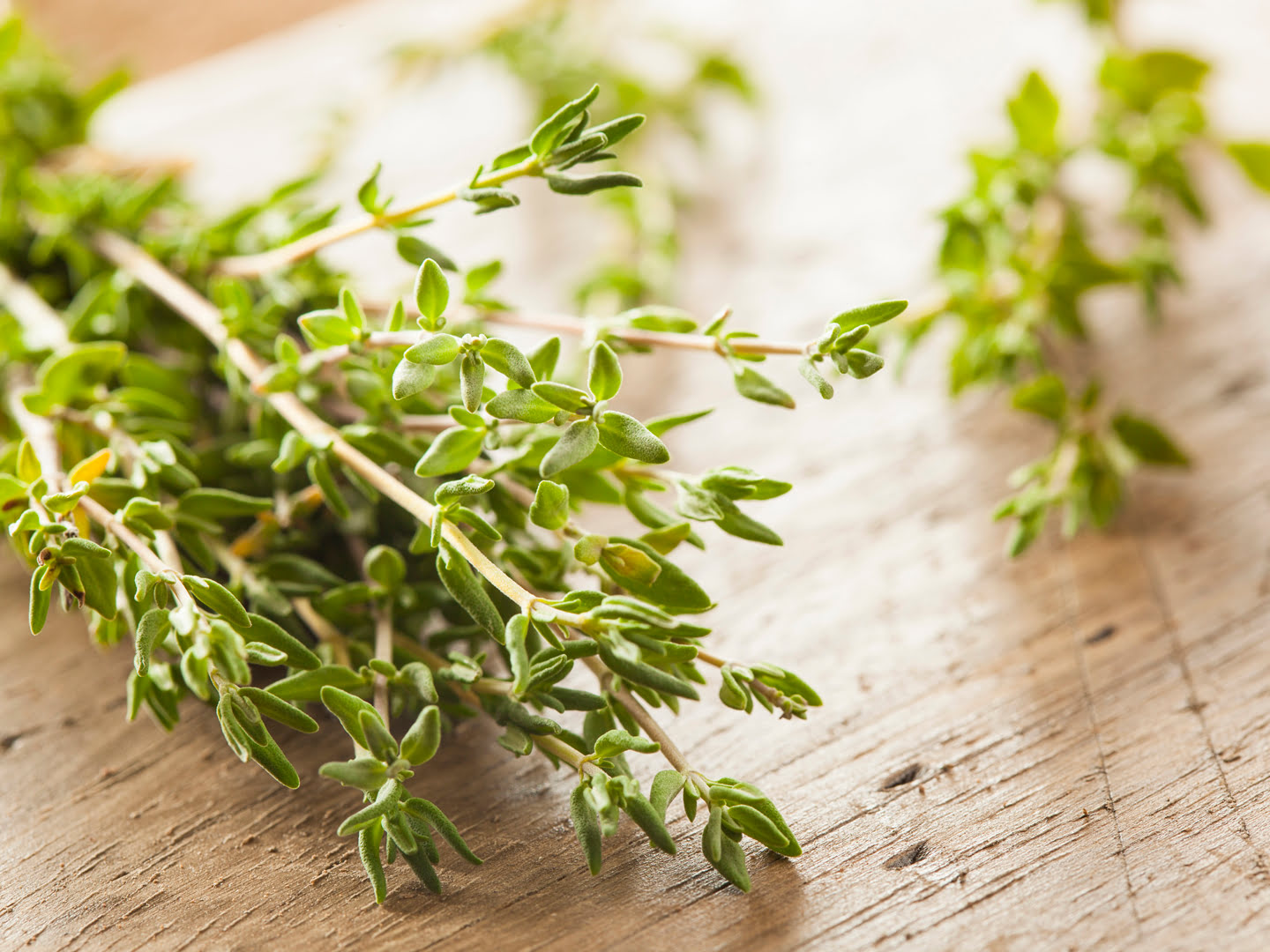
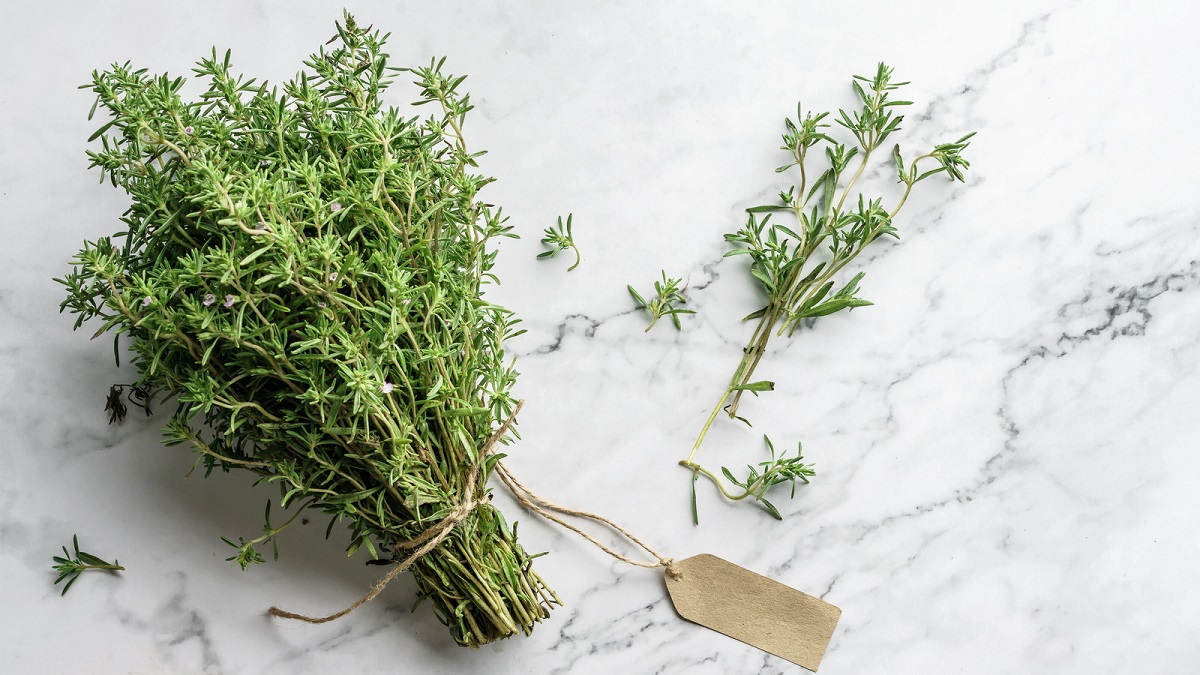





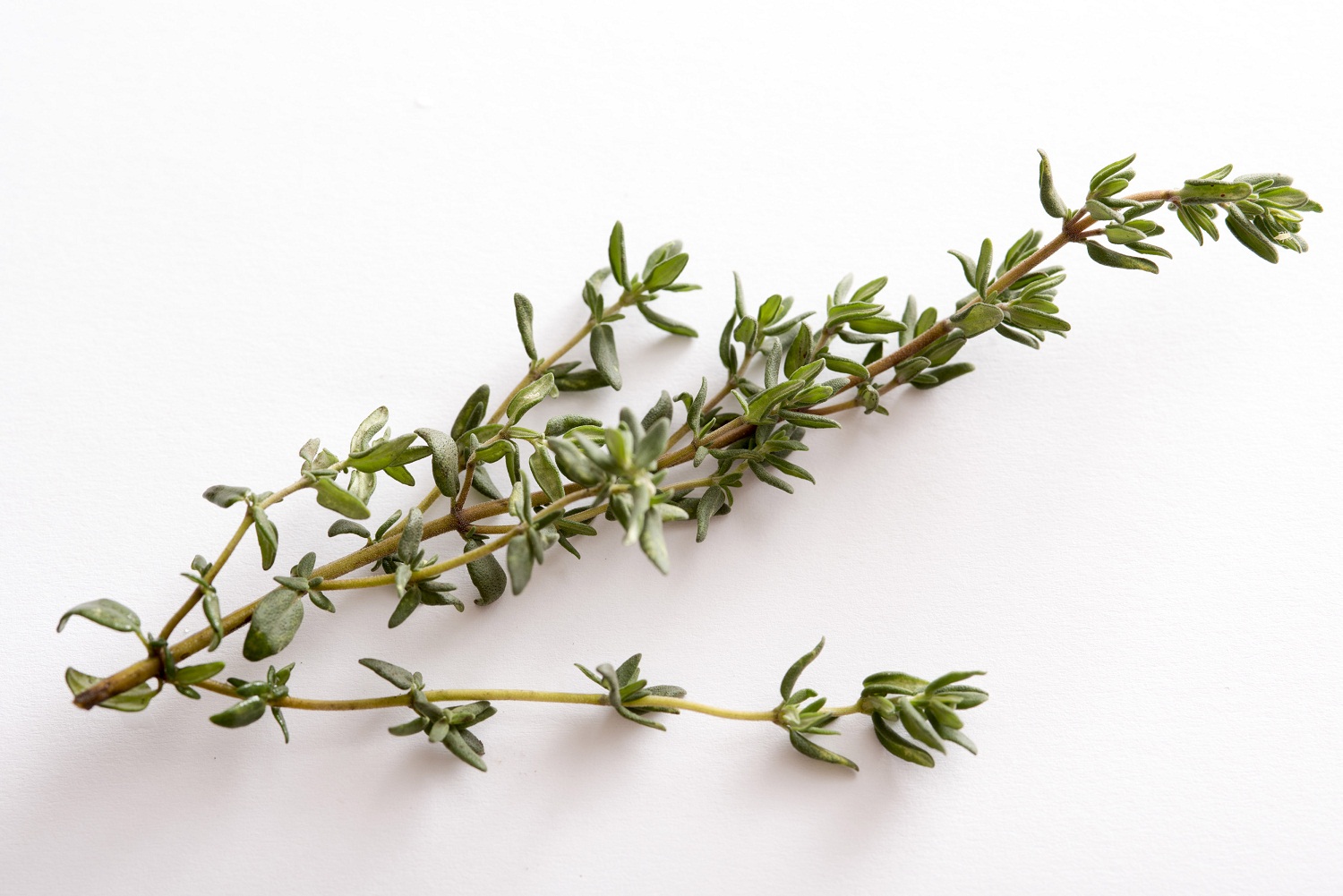
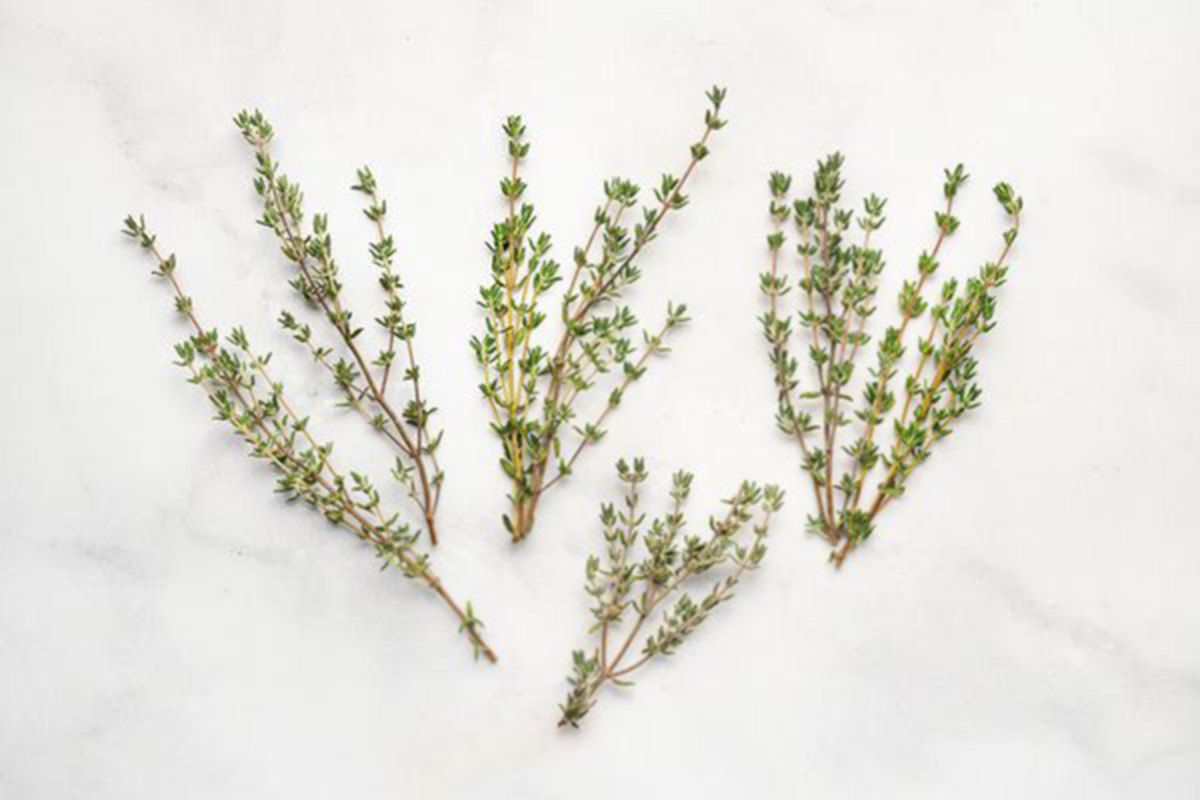
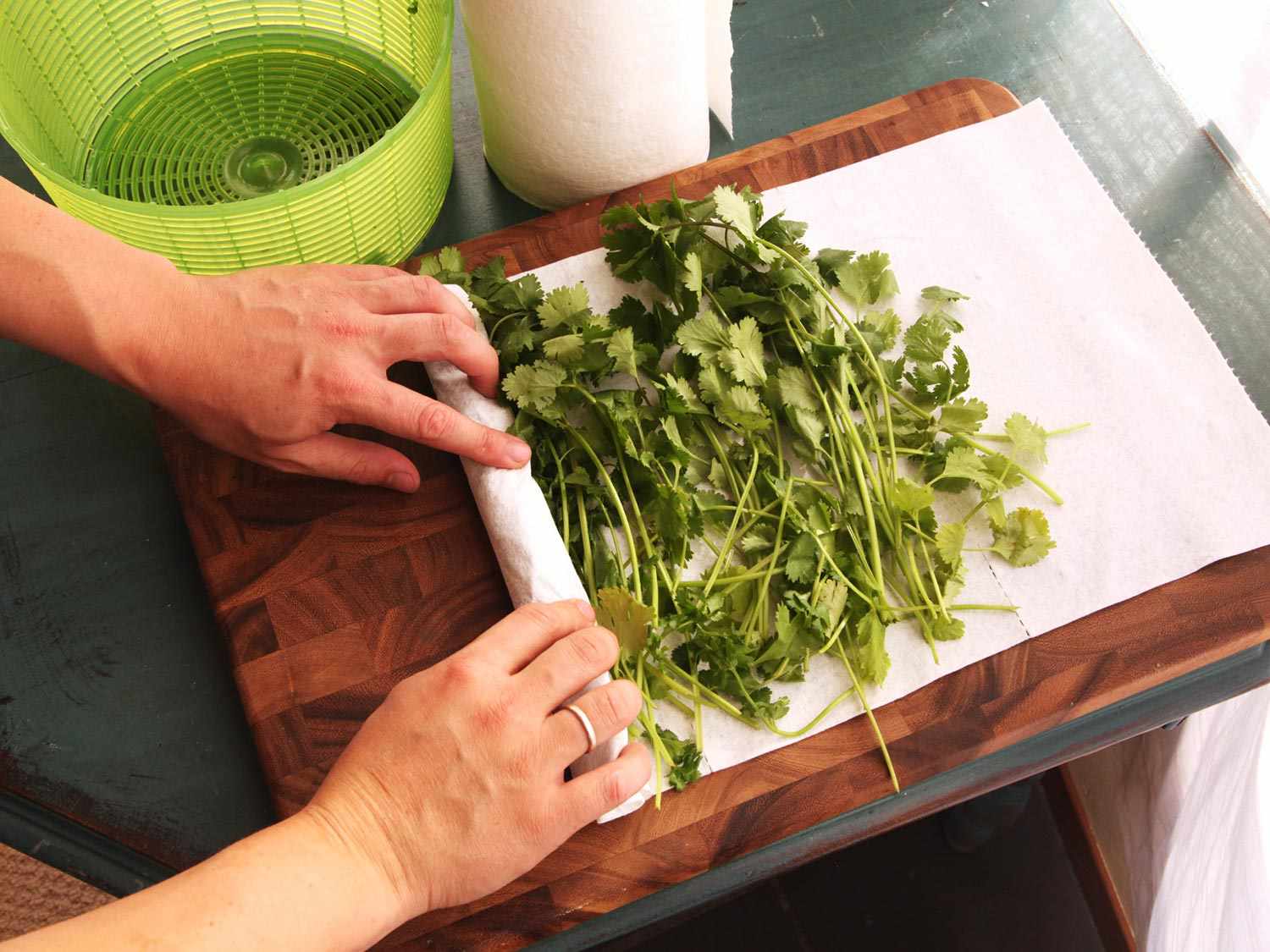
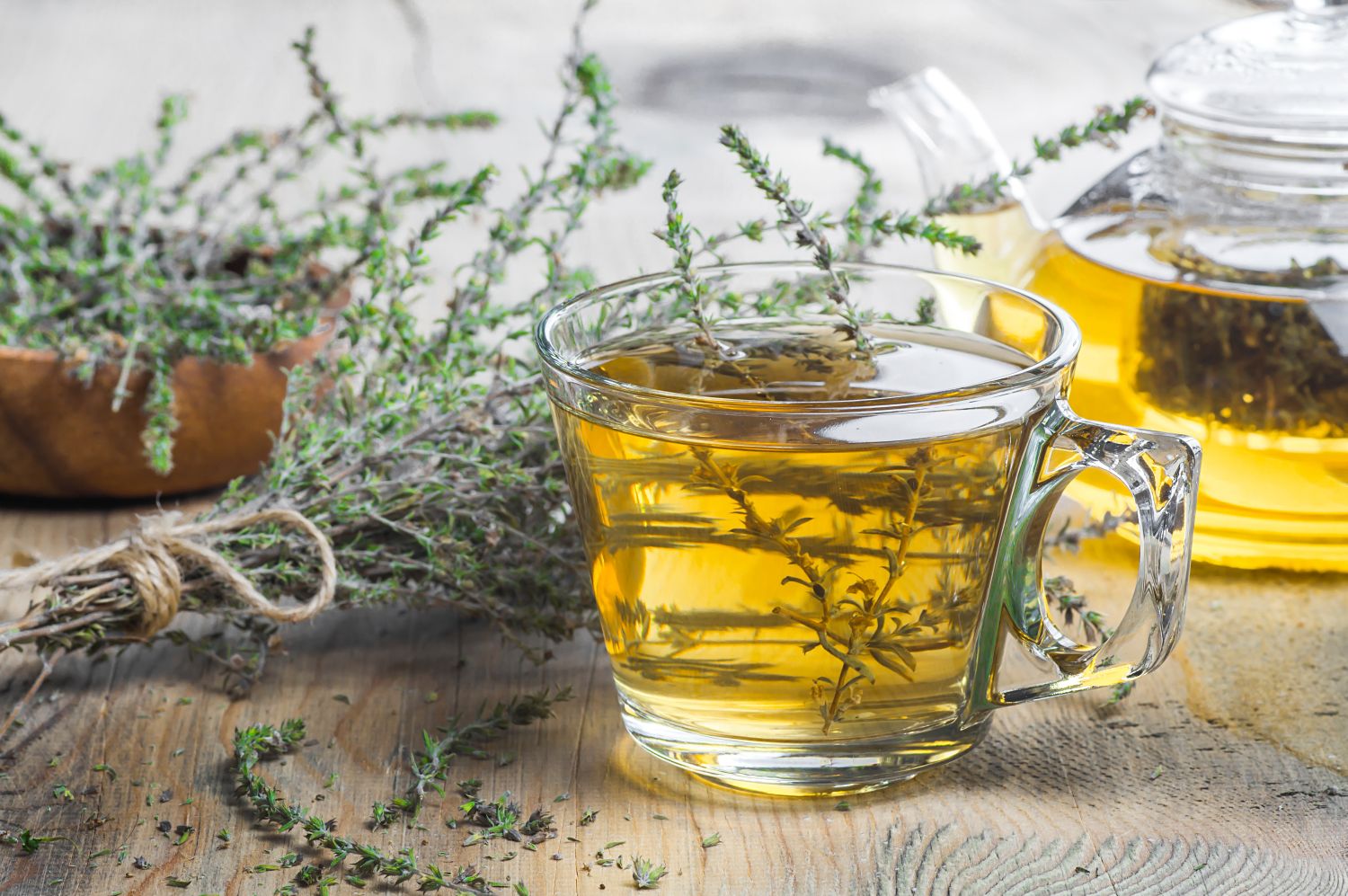
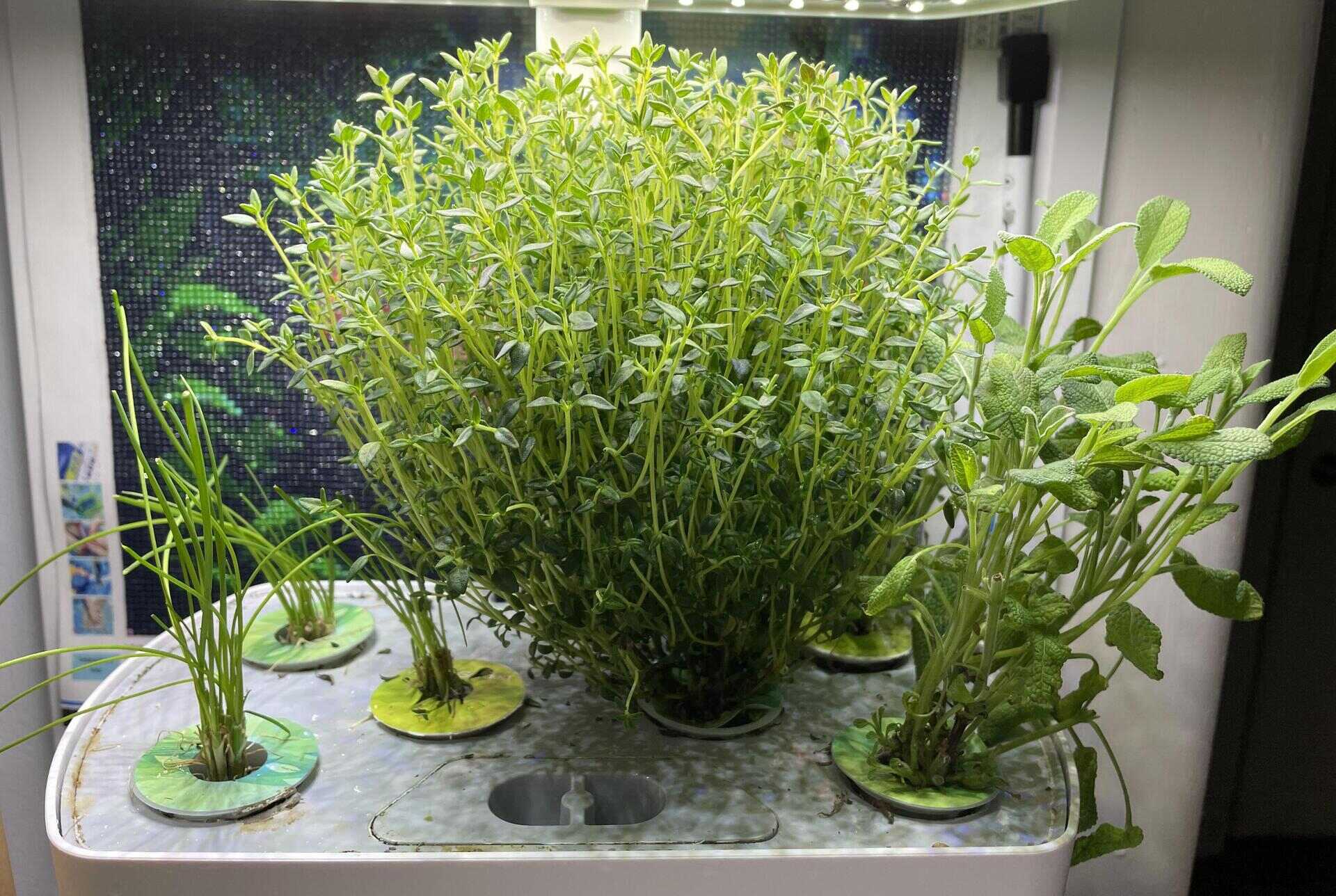
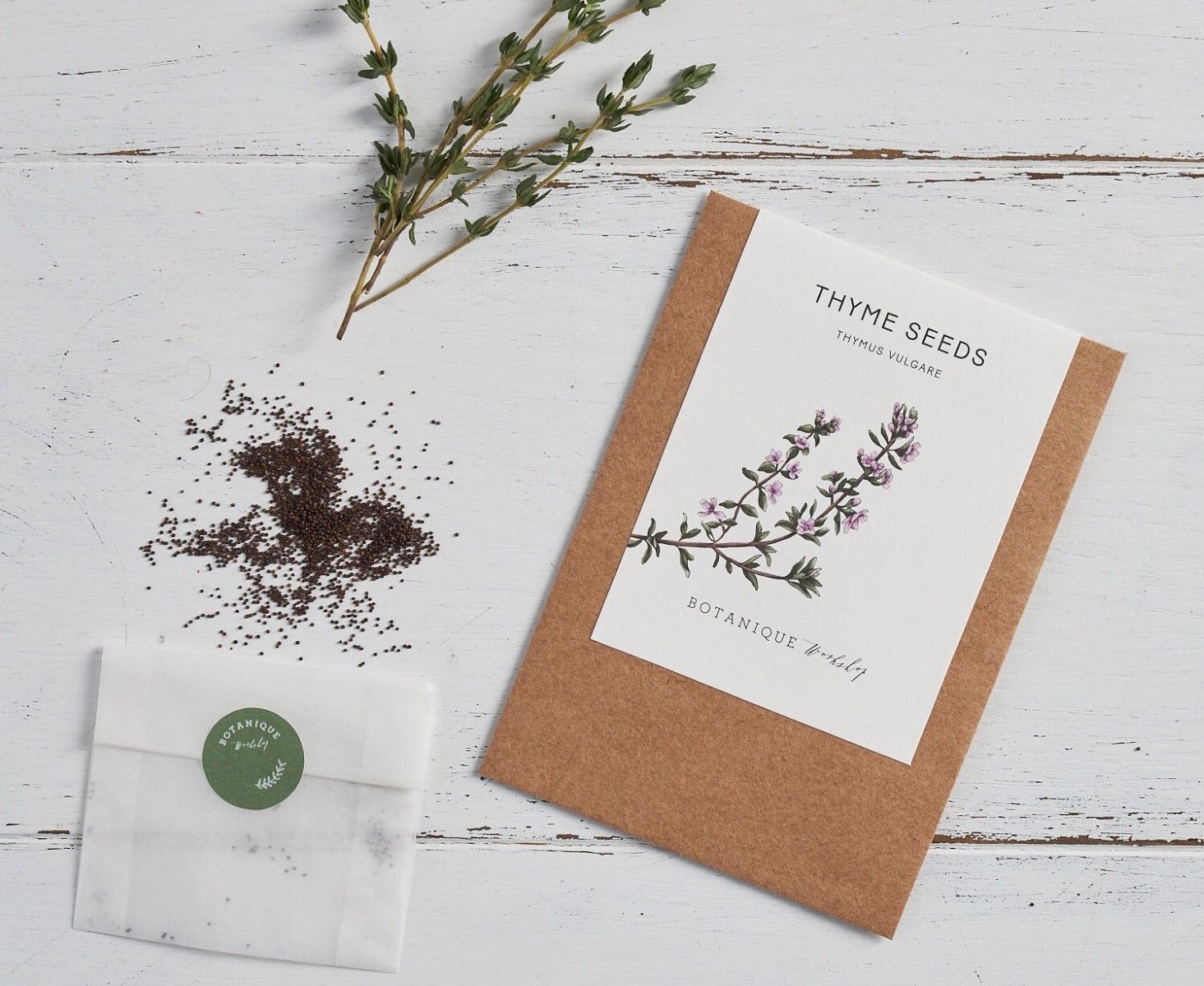
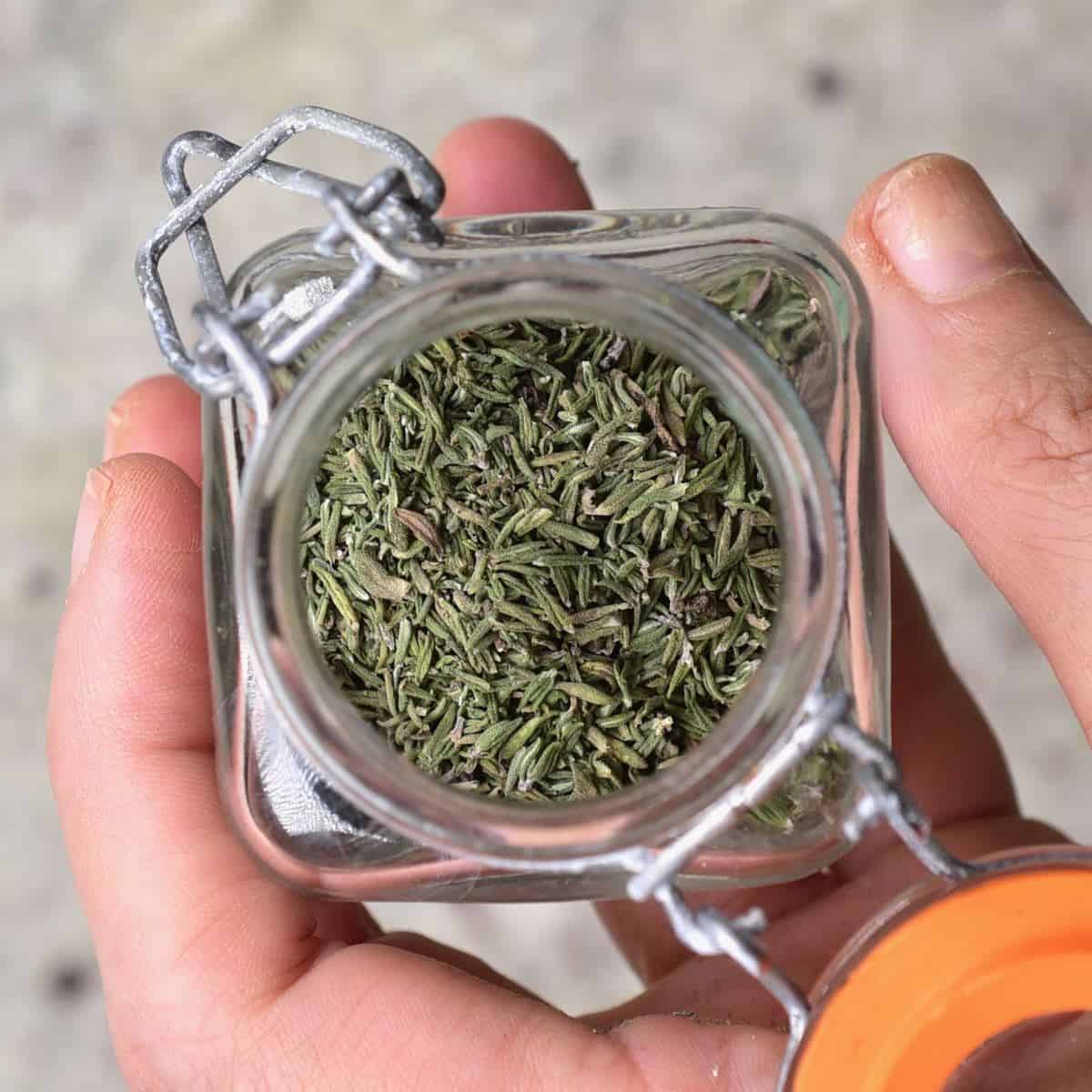

0 thoughts on “Which Thyme Is Best For Cooking”